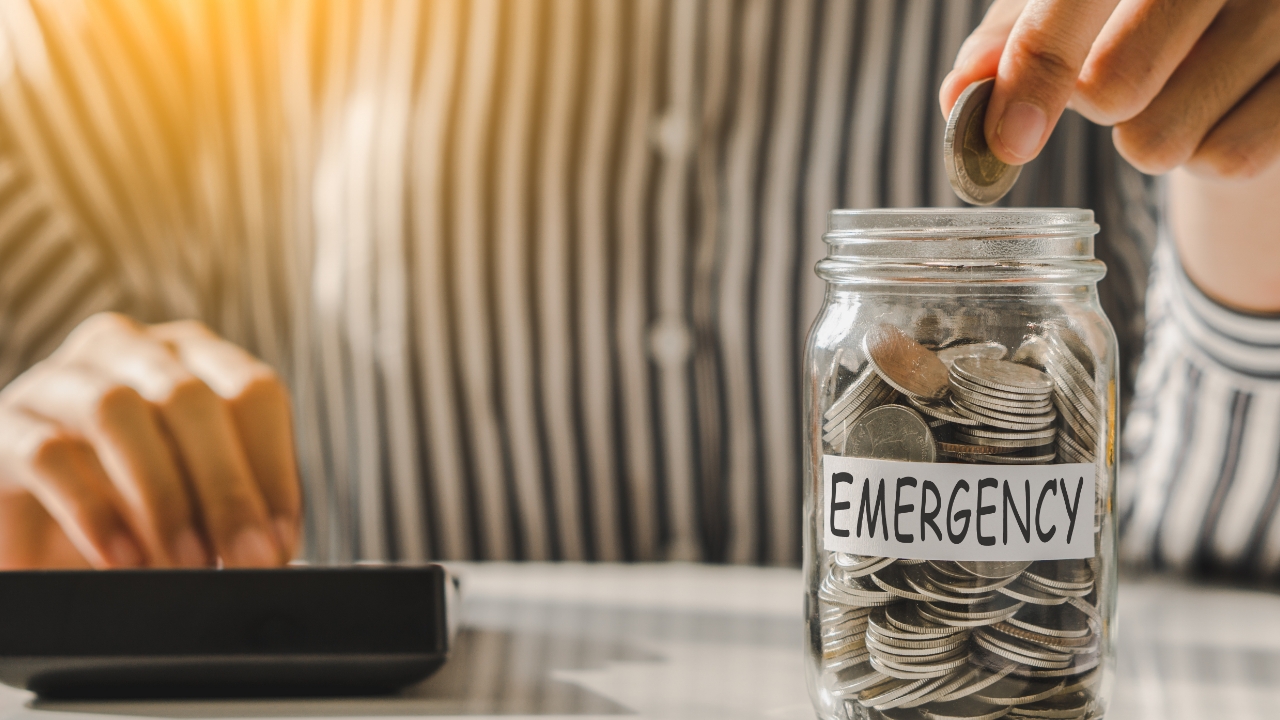to suggest
In an unpredictable world, having a strong financial safety net is crucial. One of the best ways to ensure financial stability is to set up an emergency fund. An emergency fund acts as a financial cushion and gives you peace of mind in the event of unexpected circumstances, such as a medical emergency, job loss or unforeseen expenses. In this article, we explore smart savings tips to help you build and maintain a strong emergency fund.
1. Set clear goals
Start by setting clear and realistic goals for your emergency fund. Calculate your monthly living expenses and aim to save at least three to six months. Keeping specific goals in mind will motivate you to stay committed to building your emergency fund.
2. Automate your savings
Take advantage of the technology by setting up automatic transfers to your emergency fund. Most banks offer this service, which allows you to schedule recurring transfers from your checking account to your savings account. Automation ensures that you continue to contribute to your emergency fund without having to think about it.
3. Cut unnecessary expenses
Evaluate your monthly expenses and identify areas where you can cut back. This could mean eating out less, canceling unused subscriptions, or finding more cost-effective alternatives to your regular purchases. Transfer the money you save to your emergency fund to accelerate its growth.
4. Side jobs and freelancing
Consider exploring side hustles or freelance opportunities to supplement your income. You can allocate the extra income you generate directly to your emergency fund. From freelance writing to virtual help, there are many ways to use your skills and make extra money.
5. Regular evaluation and adjustment
Life is dynamic and so are your financial needs. Review your budget and emergency fund goals regularly to make sure they are consistent with your current situation. Adjust your savings strategy as necessary, especially if your income, expenses or financial goals change.
6. Explore high-interest savings accounts
Optimize the growth of your emergency fund by depositing it in a high-interest savings account. These accounts often offer better interest rates than traditional savings accounts, helping your money grow faster over time.
finally
Building a solid emergency fund is an important part of financial health. By setting clear goals, leveraging technology, cutting back on unnecessary expenses, exploring additional sources of income, and maximizing your savings through high-interest accounts, you can create a strong safety net for your life. Start implementing these smart savings tips today to secure your financial future.





Comments
Can you be more specific about the content of your article? After reading it, I still have some doubts. Hope you can help me.
Thanks a lot for sharing this with all of us you really know what you’re talking about! Bookmarked. Please also visit my site =). We could have a link exchange agreement between us!
Thanks for sharing. I read many of your blog posts, cool, your blog is very good.
Can you be more specific about the content of your article? After reading it, I still have some doubts. Hope you can help me.
Can you be more specific about the content of your article? After reading it, I still have some doubts. Hope you can help me.
Your point of view caught my eye and was very interesting. Thanks. I have a question for you. https://www.binance.com/bn/register?ref=UM6SMJM3
Your point of view caught my eye and was very interesting. Thanks. I have a question for you.